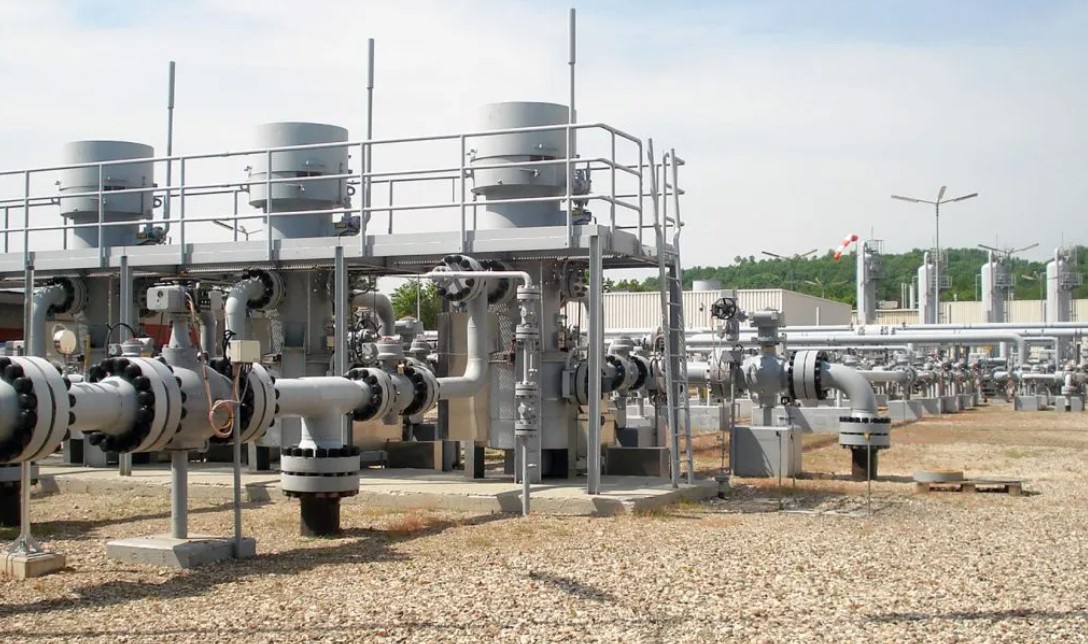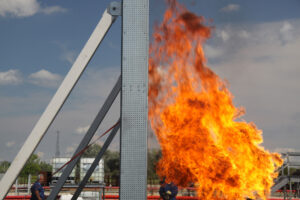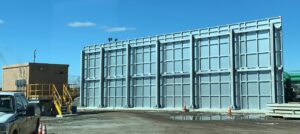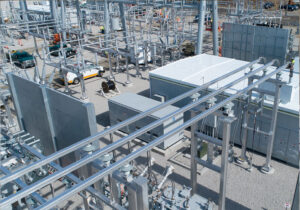Gas storage facilities are essential but come with significant safety concerns. Explosion and jet fire barriers are critical in mitigating these risks. These barriers serve as a protective measure, reducing the impact of potential disasters and protecting both assets and personnel. By implementing fire barrier walls, facilities can create a safer environment, minimizing damage during unexpected incidents.
The use of these barriers is not just about compliance but about taking proactive steps to protect what matters most. To understand the importance of these safety measures, it’s helpful to consider the key benefits they provide. For detailed information on how fire barrier walls can contribute to the safety of gas storage facilities, it’s essential to consider all aspects of their application.
Safety of Personnel
Explosion and jet fire barriers prioritize the safety of those working in gas storage facilities, reducing the risks associated with hazardous events. These barriers act as a protective shield, providing an essential layer of safety in potentially dangerous environments. By minimizing the impact of explosions and controlling the spread of fire, they help create a safer workspace for everyone involved. This focus on safety is crucial for maintaining a secure and controlled facility.
Reducing Blast Impact
These barriers are designed to absorb and contain the force of explosions, which significantly reduces the risk to individuals nearby. By dispersing the energy from an explosion, they limit the damage that could otherwise affect people and equipment within the facility. This containment is especially important in densely packed areas where a blast could lead to catastrophic outcomes. The use of such barriers is a practical and effective measure to safeguard lives and infrastructure in the event of an explosion.
Preventing Fire Spread
Fire barriers are equally important in preventing the spread of fires that might break out after an explosion or due to other causes. By containing the flames within a specific area, these barriers help to limit the fire’s reach and prevent it from endangering more people and assets. This containment allows emergency responders more time to address the situation, reducing potential harm and damage. In a facility where flammable materials are stored, controlling fire spread is vital for protecting both lives and property.
Protecting Assets
These barriers ensure the safety of valuable equipment and infrastructure within gas storage facilities, minimizing potential losses.
Safeguarding Equipment
Barriers provide protection against the destructive effects of heat and explosions on sensitive equipment. In gas storage facilities, where high temperatures and explosive materials are common, these barriers help shield machinery and technology from damage. This protection is especially important for equipment that is expensive to replace or repair. By preventing direct exposure to blasts and fire, barriers contribute to the continuous operation of the facility, reducing the likelihood of costly interruptions.
Limiting Financial Losses
By reducing damage, these barriers help prevent significant financial setbacks. The cost of replacing or repairing equipment after an explosion or fire can be substantial. However, with effective barriers in place, the extent of damage is minimized, leading to lower repair costs and less downtime. This not only saves money but also helps maintain the facility’s productivity. In a high-stakes environment like gas storage, where any disruption can be costly, barriers play a key role in preserving the financial health of the operation.
Meeting Safety Standards
Compliance with safety regulations is vital for gas storage facilities. Fire barriers help ensure that facilities meet required standards.
Staying Compliant
Barriers are a key element in adhering to industry-specific safety regulations. Gas storage facilities must comply with local and international standards such as NFPA 850 & 855 or FM Global, which often mandate the use of protective measures like fire barriers. These barriers are built to meet these standards, providing a reliable solution that helps facilities pass inspections and audits. Their presence not only demonstrates a commitment to safety but also ensures that all necessary precautions are in place to protect against potential hazards.
Enhancing Protocols
Incorporating barriers strengthens the overall safety protocols of a facility. Fire barriers add an extra layer of defense, working alongside other safety measures to create a comprehensive protection plan. By integrating these barriers into existing protocols, facilities can enhance their ability to respond to emergencies and reduce the risk of accidents. This proactive approach to safety helps to maintain a secure environment, ensuring that all safety measures work together effectively.
Environmental Safeguards
Protecting the environment is a key concern for gas storage facilities as well as many industrial businesses. Fire barriers help in preventing harmful incidents by containing potential hazards, and also stop fires from spreading without the use of many banned harmful chemicals. If your facility is located near a waterway, the use of sprinklers also might not be an option, as the runoff can polute the environment and water sources. These barriers play an important role in reducing the environmental impact of accidents, ensuring that any risks are managed effectively.
Containing Hazardous Materials
Barriers prevent the release of toxic substances during accidents. In gas storage facilities, accidents can lead to the release of harmful chemicals or gases. Fire barriers are designed to contain these materials, preventing them from escaping into the environment. This containment is critical in protecting both the facility and the surrounding communities. By keeping hazardous materials confined, these barriers help reduce the risk of contamination and long-term environmental damage, ensuring a safer environment for everyone.
Supporting Environmental Safety
These barriers contribute to broader environmental protection efforts by containing potential risks. Gas storage facilities must manage the risks associated with storing large quantities of volatile substances. Fire barriers are a key component in this management, as they limit the spread of fire and contain hazardous materials. This containment not only protects the immediate environment but also aligns with broader efforts to maintain safety standards and reduce environmental impact. By integrating fire barriers, facilities show a commitment to environmental responsibility, ensuring that safety measures extend beyond just the physical site.
Long-Term Value
Investing in explosion and jet fire barriers offers cost benefits over time. These barriers provide lasting protection while reducing operational costs, making them a practical investment.
Maintenance Efficiency
Barriers require minimal upkeep, making them a cost-effective safety measure. Once installed, these barriers are designed to withstand harsh conditions without the need for frequent maintenance. This durability reduces ongoing costs, allowing facilities to allocate resources more efficiently. The low maintenance needs of these barriers make them an appealing option for facilities looking to maximize safety while controlling expenses. Over time, the minimal upkeep helps facilities maintain high safety standards without the burden of constant repairs or replacements.
Reducing Downtime
By limiting damage, these barriers help facilities quickly return to normal operations after an incident. In the event of an explosion or fire, the barriers contain the impact, preventing widespread damage. This containment means that repairs are often localized, allowing the rest of the facility to remain operational. The ability to reduce downtime is key for maintaining productivity and minimizing financial losses. By keeping disruptions to a minimum, these barriers support the continuous and efficient operation of gas storage facilities.
The Long-Lasting Benefits of Fire Barriers
Investing in explosion and jet fire barriers is a strategic decision that prioritizes safety and long-term savings. These barriers provide essential protection for both personnel and assets, while also helping to meet regulatory standards and protect the environment. The initial cost of these barriers is outweighed by their long-term benefits, including reduced maintenance expenses and minimized operational downtime. In a high-risk environment like gas storage, the role of fire barriers cannot be overstated. They are a critical component in maintaining safety and ensuring the facility’s continued operation, making them a wise investment for any gas storage operation.




